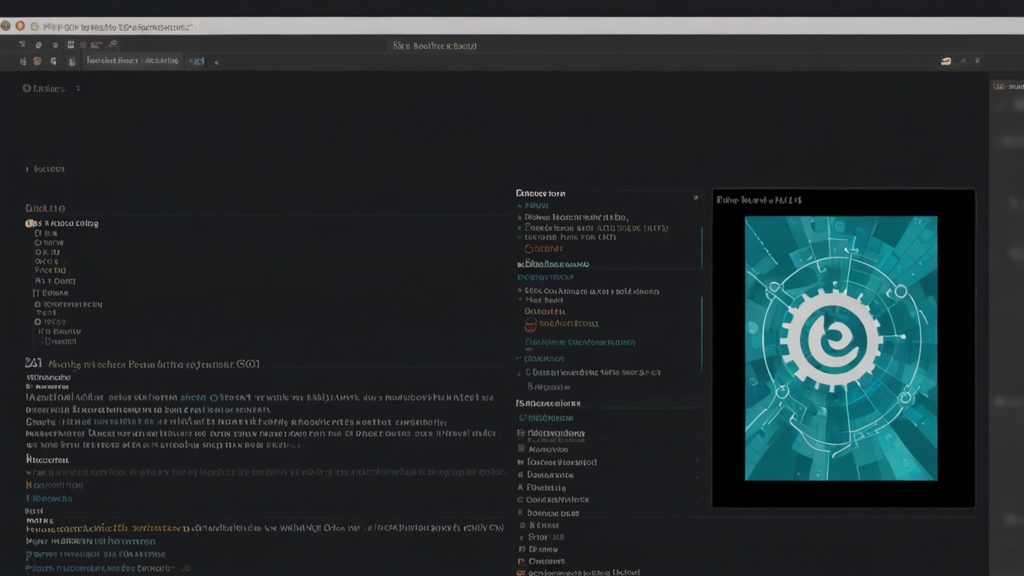The Science Behind Viral Trends: Why Do We Share?
In the age of digital connectivity, viral trends captivate millions in an instant, transcending geographical and cultural boundaries. Whether it’s a meme, a viral video, or a trending hashtag, the phenomena of rapid information spread intrigue both psychologists and marketers. But what drives us to share content in the first place? The science behind viral trends explores the mechanics of our social behavior and psychological triggers. Let’s delve into the fascinating world of virality.
Evolutionary Psychology: The Social Animal
Humans are inherently social beings, and our evolution has wired us to seek connection and community. Sharing information was, and still is, a crucial survival tool. In ancestral times, sharing knowledge about food sources, dangers, and social alliances directly influenced survival chances. This same drive for community and shared information perpetuates in our digital age.
"Our brains are designed to thrive on social interaction and sharing knowledge, a trait that has facilitated our survival and societal progress," explains Dr. Susan Weinschenk, a behavioral psychologist and author.
The Role of Emotions
Our emotional responses play a significant role in what we share. Content that evokes strong emotions—whether it's happiness, anger, surprise, or sadness—tends to be shared more frequently. This emotional arousal prompts individuals to share content as a way to communicate their feelings and connect with others.
Studies have shown that positive content is more likely to go viral. According to researchers at the University of Pennsylvania, content that evokes high-arousal emotions is more likely to be shared, highlighting the role of emotional contagion in the spread of information.
Cognitive Biases and Information Processing
Cognitive biases, such as the "bandwagon effect" and "confirmation bias," also influence our sharing behavior. The bandwagon effect suggests that people tend to share content that others are sharing, capitalizing on the fear of missing out (FOMO). Confirmation bias, on the other hand, implies that individuals are more likely to share content that aligns with their pre-existing beliefs and values, enhancing their social identity.
Moreover, the simplicity and relatability of content make it more shareable. Complex information is less likely to be shared compared to content that is easy to understand and relate to. This is why memes and short videos often achieve virality—they are easily consumable and evoke instant emotional reactions.
Social Media Algorithms and Amplification
The architecture of social media platforms plays an instrumental role in the virality of content. Algorithms are designed to prioritize engagement, meaning content that receives likes, shares, and comments is more likely to be displayed in user feeds. This creates a feedback loop, where popular content gains more visibility, attracting further engagement and shares.
"Social media platforms are engineered to keep users engaged, and content that triggers strong emotional responses is prioritized, hence driving virality," says Dr. Jonah Berger, a marketing professor at the Wharton School and author of "Contagious: How Things Catch On."
The Power of Social Proof
Social proof is the psychological phenomenon where people mimic the actions of others, assuming those actions reflect correct behavior. When individuals see content being widely shared, they perceive it as valuable or important, prompting them to share it as well. This herd behavior significantly contributes to the rapid spread of viral trends.
Conclusion
Understanding the science behind why we share can offer valuable insights for content creators, marketers, and social media users alike. Our evolutionary predisposition to seek social connection, the impact of emotional responses, cognitive biases, and the strategic design of social media platforms all contribute to the phenomenon of virality. As we continue to navigate the digital landscape, unraveling these intricate dynamics allows us to better understand not only viral trends but also the underlying fabric of human social behavior.












